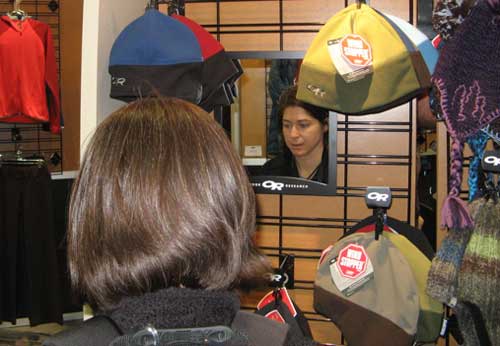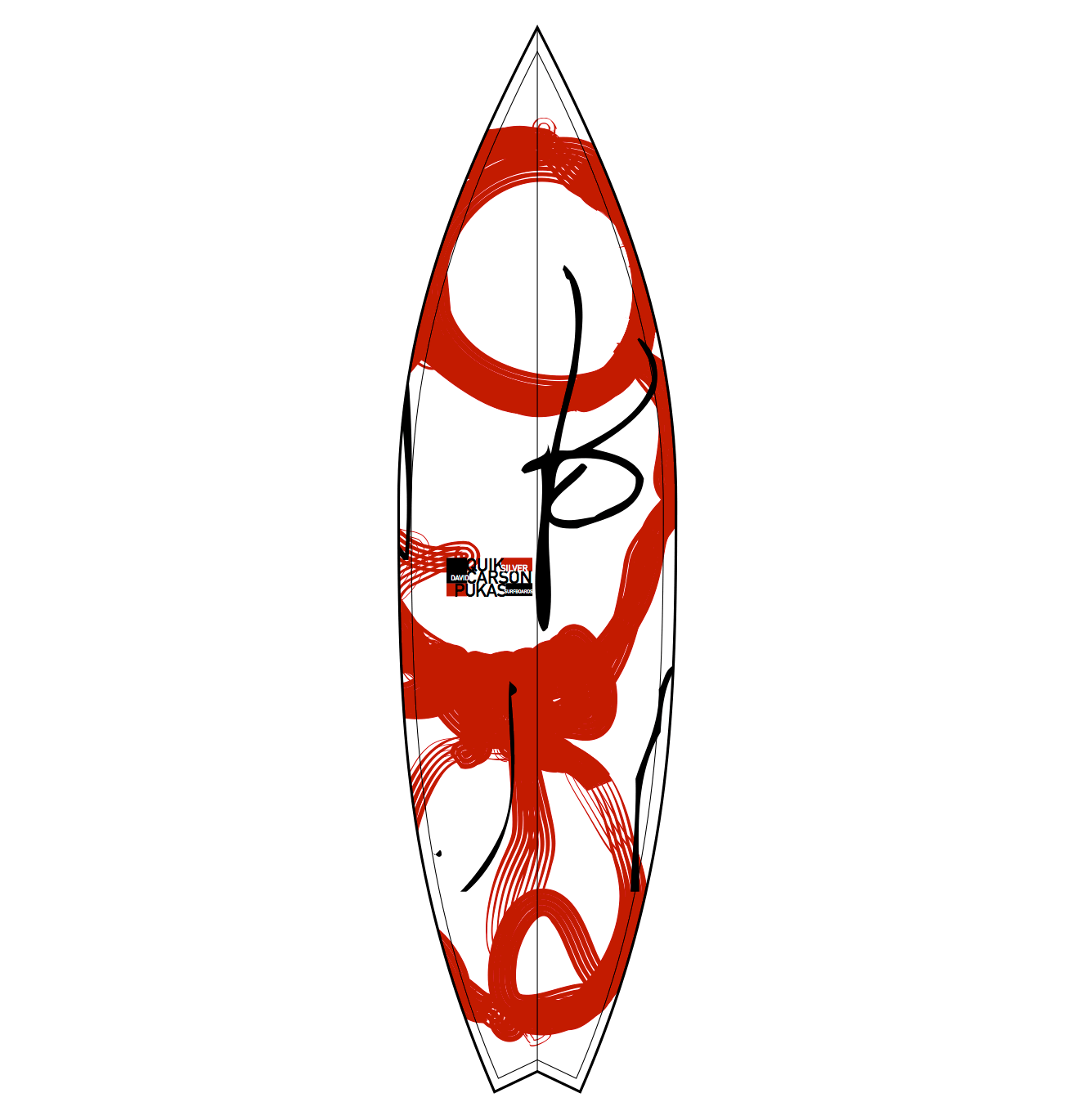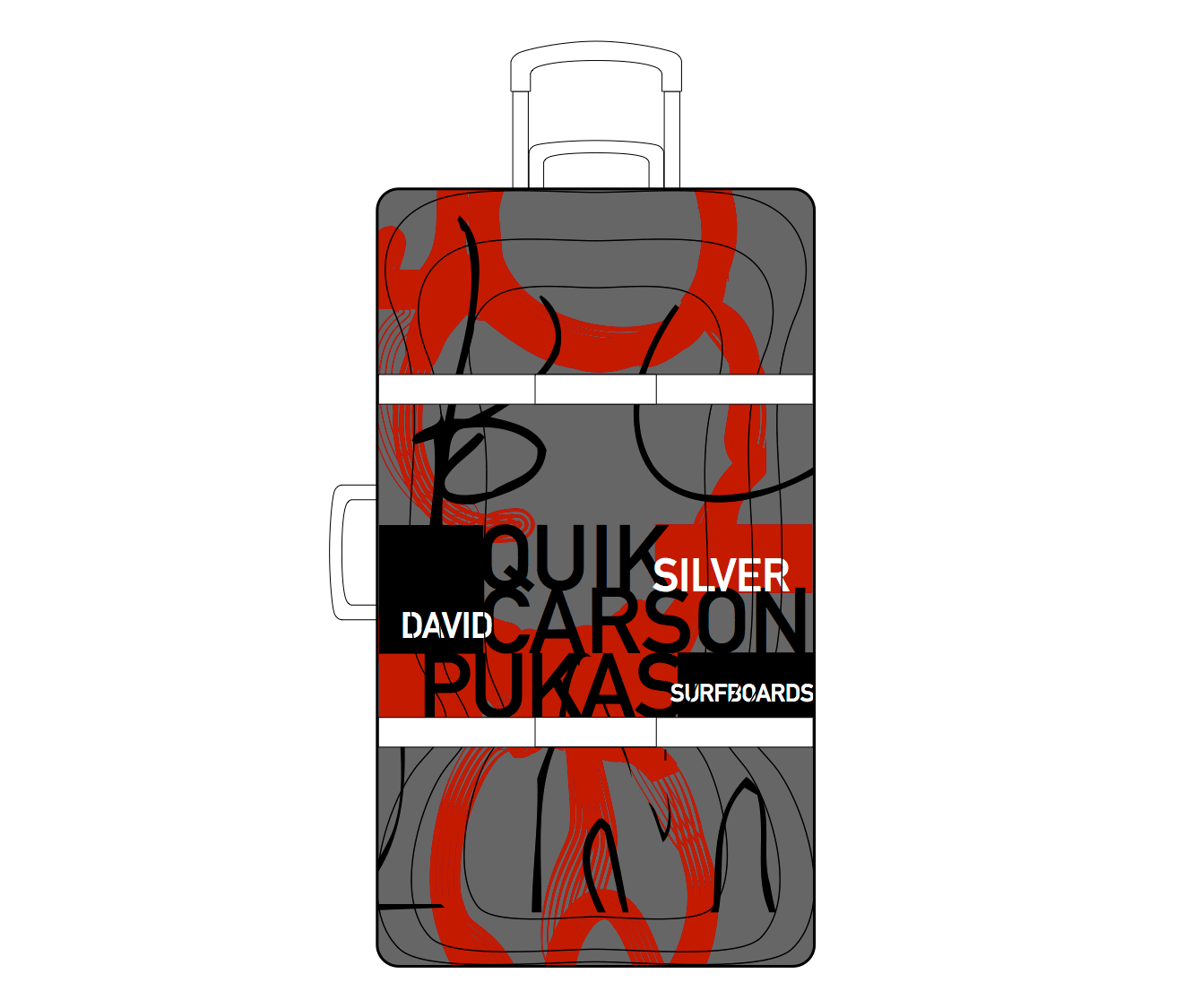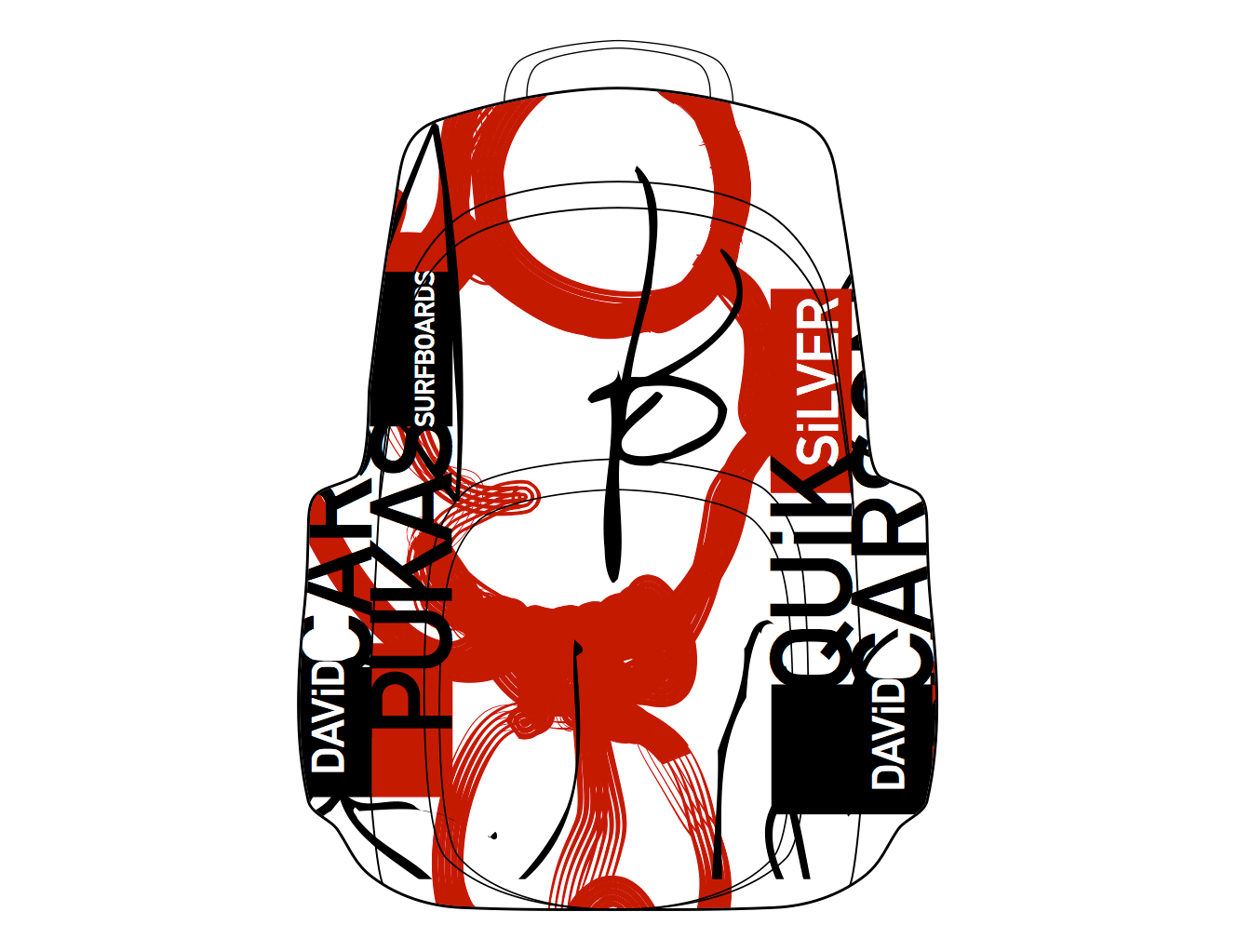Wednesday, June 1, 2011
Course Reflection 5
Reading Reflection 4
J10: Final Course Reflection
Tuesday, May 31, 2011
Journal 09: Coleman Project - Personal Documentation




Monday, May 23, 2011
CR04 - Course Reflection
Journal 08: Media Reviews
Monday, May 16, 2011
Reading Reflection 03 (RR03)
Journal 07: Peer Dialogue 03
Sunday, May 8, 2011
Journal 06: Online Scavenger Hunt








Monday, April 25, 2011
CR02
I want to focus this post on my three favorite concepts from Cradle to Cradle : that we can create a world of abundance, that waste equals food, and that products of service can be a useful way to make goods which are more eco-conscious.
First of all, a world of abundance refers to a planet filled with products that celebrate culture, improve the economy, and have ecological benefits. How wonderful would it be if environmentalists and industrialists could both encourage vehicle production, because old cars could be 100% recycled, and new “nutri-vehicles” would not only not pollute, but would also purify the air and provide drinking water.
As someone who loves nature and wants to protect it, I really like the idea that I don’t necessarily need to make sacrifices such as driving less, buying less, and not having children. We need to foster a society where all professionals have the same aspirations so that skills can come together to create a world of economic prosperity while safeguarding our culture and resources for future generations.
Sunday, April 24, 2011
A03 - Hunting Down Design





Monday, April 18, 2011
Reading Reflection 01
Sunday, April 17, 2011
Designer Investigation Essay



 Janine Rewell is a Helsinki-based illustrator and graphic designer. She studied graphic design at the University of Art and Design Helsinki and Rhode Island School of Design. Janine won the bronze Design Lion at the Cannes Lions International Advertising Festival 2009 and recently nominated by Print Magazine as one of the twenty best new visual artists of 2010. She is also awarded with the Junior Award 2010, the greatest national recognition for a young designer. In addition to taking part in many group exhibitions, she had her first solo exhibition in Barcelona in 2010. Inspired by surrealist painters, children's books, art deco, bright colors and the geometry of nature, Janine's designs are a enchanting mix of Scandinavian design and Slavic folk art.
Janine Rewell is a Helsinki-based illustrator and graphic designer. She studied graphic design at the University of Art and Design Helsinki and Rhode Island School of Design. Janine won the bronze Design Lion at the Cannes Lions International Advertising Festival 2009 and recently nominated by Print Magazine as one of the twenty best new visual artists of 2010. She is also awarded with the Junior Award 2010, the greatest national recognition for a young designer. In addition to taking part in many group exhibitions, she had her first solo exhibition in Barcelona in 2010. Inspired by surrealist painters, children's books, art deco, bright colors and the geometry of nature, Janine's designs are a enchanting mix of Scandinavian design and Slavic folk art.


 My last designer is Jason Schulte. Jason Schulte is the founder and creator director of San Fransisco based "Office". Jason founded Office in 2003, and his primary goal was to introduce the art and craft of design with strategy and storytelling of advertising. Since then Schulte has made work for some oft the worlds most recognized companies, including Ebay, Coca-Cola, Apple, Disney, Target, and Adidas Golf. His work has been Internationally recognized by nearly every major graphic design competition and publication, and has appeared in museums exhibitions around the world. Schulte is also a directed study advisor at the San Francisco Academy of Art University, and Fast Company featured him as one of fourteen designers to watch in its Master of Design issue. He was raised in Green Mountain, Iowa and is a graduate of Iowa State University's College of Design. He lives in San Fransisco with his wife Jill Robertson who happens to be Office President.
My last designer is Jason Schulte. Jason Schulte is the founder and creator director of San Fransisco based "Office". Jason founded Office in 2003, and his primary goal was to introduce the art and craft of design with strategy and storytelling of advertising. Since then Schulte has made work for some oft the worlds most recognized companies, including Ebay, Coca-Cola, Apple, Disney, Target, and Adidas Golf. His work has been Internationally recognized by nearly every major graphic design competition and publication, and has appeared in museums exhibitions around the world. Schulte is also a directed study advisor at the San Francisco Academy of Art University, and Fast Company featured him as one of fourteen designers to watch in its Master of Design issue. He was raised in Green Mountain, Iowa and is a graduate of Iowa State University's College of Design. He lives in San Fransisco with his wife Jill Robertson who happens to be Office President.Monday, April 11, 2011
Patterns


















